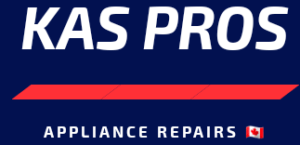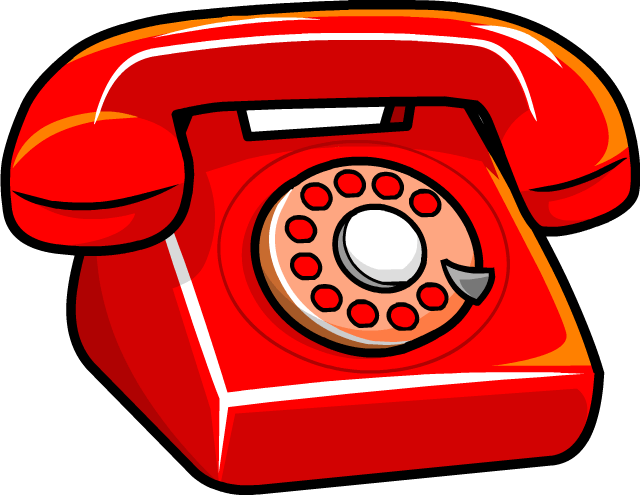So, you just bought a new appliance, and now you’re wondering, “What does my manufacturer warranty cover?” In a nutshell, your appliance warranty covers defects in manufacturing. The specifics of your appliance’s coverage can be found in your Owner’s Manual, but typically the manufacturer warranty lasts for a full year, with a few exceptions. No matter the specifics of your appliance’s warranty, knowing these 6 things about your warranty will save you time and money.

#1 Keep your receipt!
A home appliance is a major purchase, so be sure to keep your receipt for at least 10 years. If you need to utilize your appliance warranty, the repair technician will be required to verify your purchase receipt prior to the date of service. Without a valid copy of the proof of purchase, your repair technician will have difficulty getting paid from the manufacturer for the services he has provided. In the event that the manufacturer refuses payment, you become responsible for the bill. So keep that receipt!
#2 Register Your Product.
It’s a good idea to register your product within a few days of purchase. Companies such as Whirlpool keep a database of registered products, which makes the in-warranty repair process much easier when you need service on your appliance. With a properly registered product, you will often be able to bypass the receipt verification process when service is needed.
#3 Read the Coverage Details Carefully.
Don’t assume that every type of repair is covered for the first year you own the product. In general, most manufacturers only cover repair issues related to a defect in manufacturing. Here’s what you need to look out for:
- Cosmetic Items: Cosmetic repairs include scratches on doors, burnt out light bulbs, cracks in drawers, broken/worn knobs, and loose/broken handles. Cosmetic repairs are typically only covered for a set number of days after the purchase date. Check your owner’s manual for specifics on your product’s coverage.
- Installation Issues: Unbalanced wash cycles, vibration issues with the dryer, problems with the dishwasher’s drain gap?—these are all issues that can be caused by improper installation. If your dryer is off balance because it wasn’t leveled correctly during installation, your manufacturer’s warranty won’t cover the service call.
- Misuse / Neglect: If loose change damages the motor in your washer, or the repair technician finds you’re using a residential appliance in a commercial application, the repairs will not be covered by the manufacturer.
#4 Certain Components May Have Extended Coverage.
Depending on the brand and make of your appliance, you may have special coverage outside of the typical 1 year warranty period. In fact, some products have extended “Parts Only” coverage for up to 10 years. If you’re calling for service on your out of warranty product, be sure to review your Owner’s Manual prior to the service date so you’re aware of which parts are covered by the manufacturer.
#5 Your Repair Technician Works for An Independent Company.
Many people don’t realize that (in most cases) the Authorized Technician working on their appliance doesn’t work for the manufacturer directly. As a result, he cannot authorize a replacement of your unit or grant you extended coverage. His job (and goal) is to repair your appliance. If you’re in anyway dissatisfied with the product or retailer who sold you the product, keep in mind that your repair technician is a third party, and he’s there to help get your product up and running like it should.
#6 Not All Companies are Authorized to Repair In-Warranty
If an unauthorized repair company comes to your home and finds that the repairs to your product are covered by a manufacturer warranty, you will still be responsible for the service charge and any repairs completed to date. To avoid this situation, be sure to do give the service company the purchase date of your product when you book the appointment. The company’s call taker won’t book an appointment for an in-warranty product if the company is not authorized for in-warranty repairs.




